As I try to keep a gauge on the opiate-addiction epidemic in America, one place I go is to The Addicts Mom Facebook page, with 22,000 members, one of whom is me.
The posts are from mothers as they attempt to deal with the lacerating addictions of their children. Here are a few posts, with names removed, that I saw at random this morning. Those who listed a location are from Georgia, Wisconsin, upstate New York, Pennsylvania, and Alabama.
At times, it gets to almost an aching kind of poetry.
Note: AS means addicted son; RAS recovering addicted son
__________
Well my almost 21 year old AS will be spending another birthday in jail I am sure! Please pray for his healing and mine!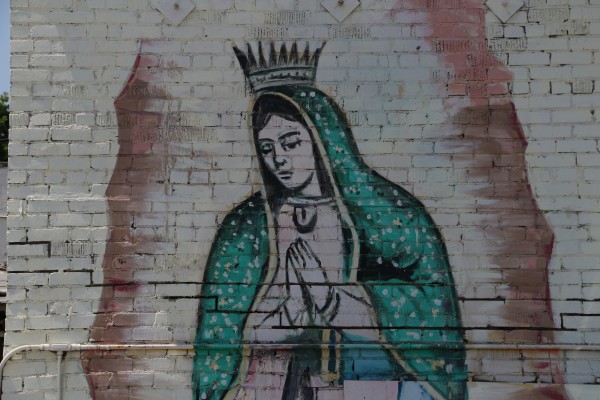
___
I always knew it was going to be my child one day. On the Fourth of July I found my addicted daughter unresponsive and blue. I breathed for her until paramedics came. They saved her life this time. She spent three days in Icu and was released with no help at all. I live in Florida and I was wondering if this is enough for a marchman act? Doc is Xanax and snorting oxicodone. Any advise is appreciated. God bless all of us Mothers. I just can’t take much more.
___
I love having a place where people actually listen when I talk bout my addict children. Most people in my town don’t want to hear that there are children addicted in their town people need to wake up sad for the addicts who are outcast. Having trouble getting police to put narcan in there cars also
___
UPDATE: His PO is coming to see him tomorrow– I will let y’all know how it goes.
My Birthday overall was a good day. Thanks for the wishes and prayers. Blessings to you all.
Dilemma- my 18 almost 19 AS was released from jail last Friday to serve out his probation-14 months (it’s a joke; very seldom face to face visits with his PO). On Sunday he apparently used LSD; when I confronted him he said ‘no worries Mom; it won’t show up on a UI.’ He had no where else to go but our house and the court said our house is not an option for him to stay (we have a younger child at home). He was told the rules- no drugs or drug use. A small issue he flat out refuses to pick up his clothes (drives me crazy) states he’s just defiant; like I’m supposed to be ok with that answer.
Suggestions??? Oh yeah; today is my Birthday- I feel like hiding in a hole not celebrating life
___
Last night my phone rang at 11:30 my heart automatically started racing. Then I seen the caller I.D it was my RAS instantly worry washed over me, I picked up the phone and the first words out of my mouth was ” what’s wrong? Are you okay?” His reply was ‘Yes ma’am I was just on my way to work and I seen a shooting star and it was the brightest most beautiful one I’ve every seen, and just wanted to call and share with you”.
Four years clean, still suffer from shell shock but feeling blessed.
___
So another week and another dirty urine at probation. Told me he wants suboxone, I suggested vivitrol. Someone on the MAT (medically assisted treatment) site posted a link for a slide show on all the meds used. I sent it to him privately. He wants to do vivitrol now and I sent him the local dr name and address. He swears he wants to be sober. I asked him, you know how awful detox is, why isn’t that enough to not pick up? He CANNOT deal with stress. No coping techniques. We all have stress but you have to learn to cope. I get the whole disease thing I truly do, but I also struggle with the you know it’s not good for you, you know what you are running away from is gonna still be there and you are making more problems to deal with when you sober up. I know my mind doesn’t function as an addicts but they are all smart kids or adults. Dang fight for your sobriety hard the way you chase that freaking drug. He looks terrible. Lost weight again. And all he keeps saying is everyone is judging me and that makes me want to use. No that gives you a lame excuse to use. We aren’t judging we love you and are worried. I know my dealer he wouldn’t do that yadda yadda yadda. Won’t be long and he is gonna end up in jail, then maybe I can sleep:( I am ANGRY this time.
___
My soul is tired, my heart hurts, I just can’t do no more today😥

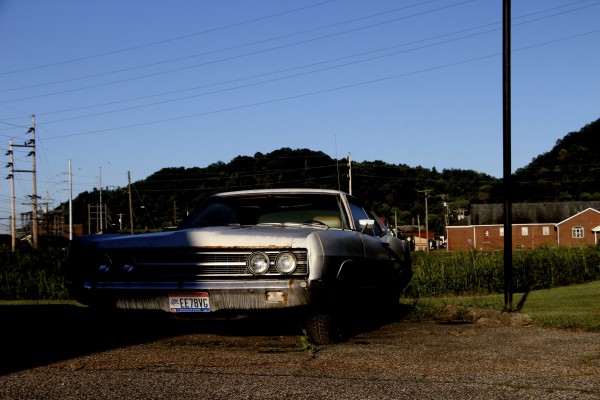
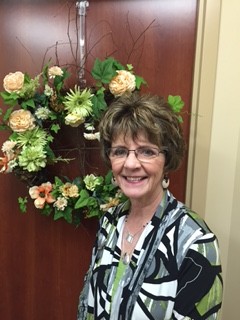

 ays.
ays.
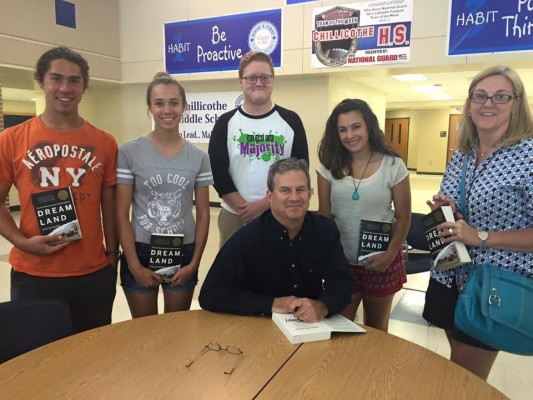


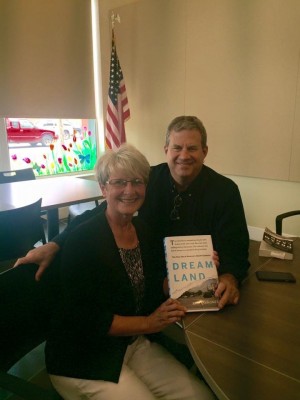


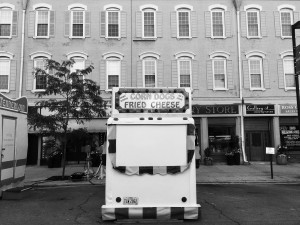
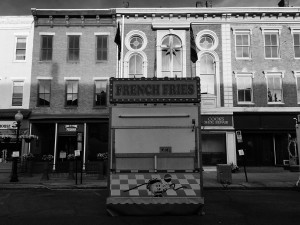
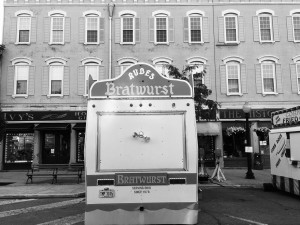
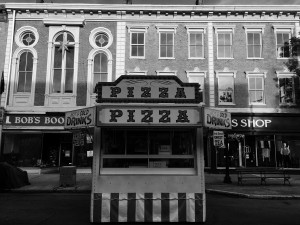

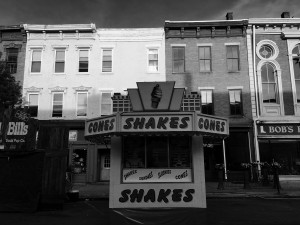
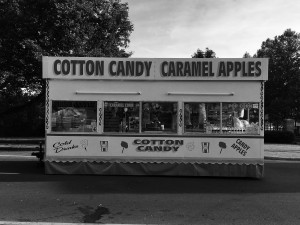
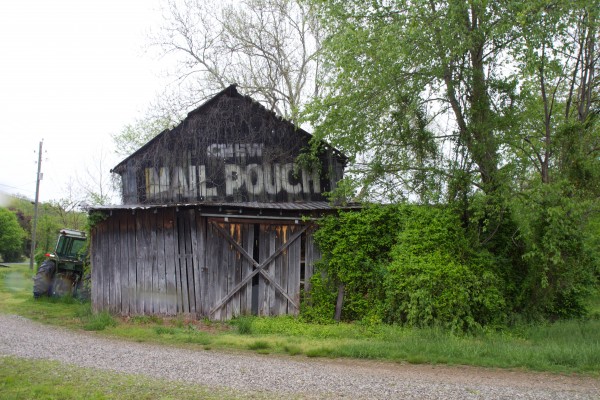




 This comes from interviews with many recovering addicts whose lives were saved by being arrested, by going to jail and facing prison time.
This comes from interviews with many recovering addicts whose lives were saved by being arrested, by going to jail and facing prison time.
